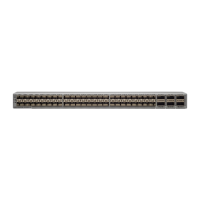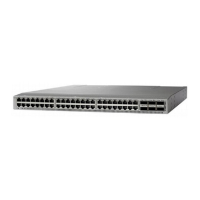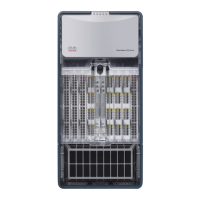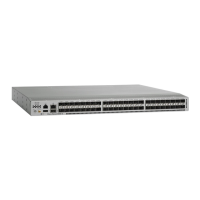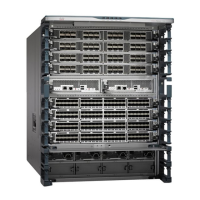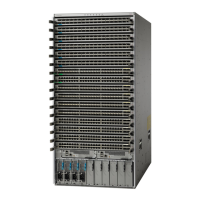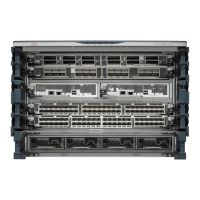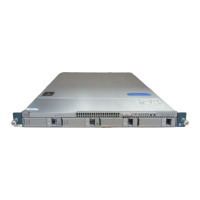• Blue coloring indicates port-side exhaust airflow.
• Burgundy coloring indicates port-side intake airflow.
To prevent the switch from overheating and shutting down, you must position the air intake for the switch in
a cold aisle. The fan and power supply modules must have the same direction of airflow. If you must change
the airflow direction for the switch, you must shutdown the switch before changing the modules.
Note
Rack and Cabinet Requirements
You can install the following types of racks or cabinets for your switch:
• Standard perforated cabinets
• Solid-walled cabinets with a roof fan tray (bottom-to-top cooling)
• Standard open four-post Telco racks
Work with your cabinet vendors to determine which of their cabinets meet the following requirements or see
the Cisco Technical Assistance Center (TAC) for recommendations:
• Use a standard 19-inch (48.3-cm), four-post Electronic Industries Alliance (EIA) cabinet or rack with
mounting rails that conform to English universal hole spacing per section 1 of the ANSI/EIA-310-D-1992
standard.
• The depth of a four-post rack must be 24 to 32 inches (61.0 to 81.3 cm) between the front and rear
mounting rails (for proper mounting of the bottom-support brackets or other mounting hardware).
Also, you must have power receptacles that are located within reach of the power cords that are used with the
switch.
Statement 1048—Rack Stabilization
The rack stabilizing mechanism must be in place, or the rack must be bolted to the floor before installation
or servicing. Failure to stabilize the rack can cause bodily injury.
Warning
Clearance Requirements
Provide the chassis with adequate clearance between the chassis and any other rack, device, or structure so
that you can properly install the chassis. Provide the chassis with adequate clearance to route cables, provide
airflow, and maintain the switch. For the clearances required for an installation of this chassis in a four-post
rack, see the following figure.
Cisco Nexus 93180YC-FX3 ACI-Mode Switch Hardware Installation Guide
11
Preparing the Site
Rack and Cabinet Requirements

